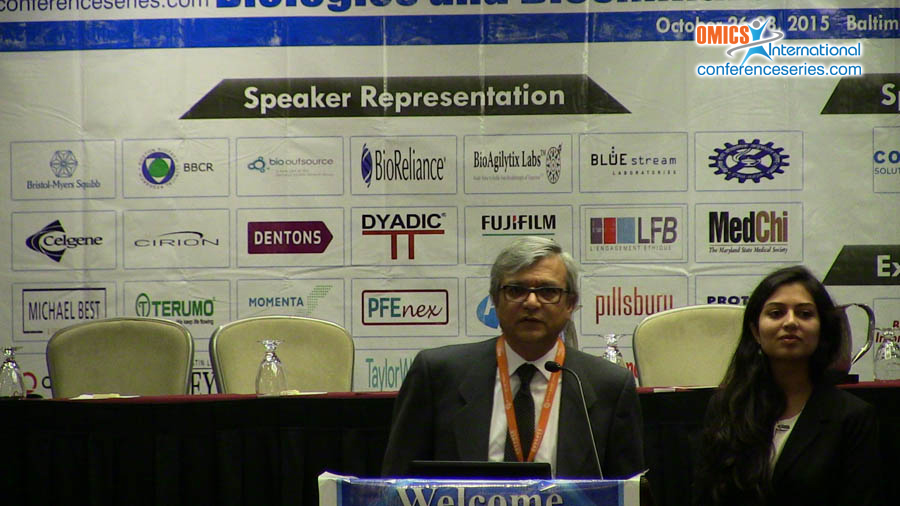
Raj Davé
Pillsbury Winthrop Shaw Pittman, LLP, USA
Title: Patent Eligibility Challenges to Biologics under America Invents Act (AIA) and Myriad
Biography
Biography: Raj Davé
Abstract
Biologics are products manufactured from living matter or manufactured in living cells using recombinant DNA biotechnologies. In Diamond v. Chakrabarty, the US Supreme Court held that a “nonnaturally occurring manufacture or composition of matter — a product of human ingenuity — having a distinctive name, character, [and] use” is patent eligible subject matter. Relying solely on the distinction between ‘product of nature’ and ‘nonnaturally occurring manufacture or composition of matter,’ currently all types of nonnaturally occurring biologics are patent eligible in the US. However, this expansive scope of patent eligibility in the US may be curtailed for patenting biologics under AIA, and the US Supreme Court decision in Association for Molecular Pathology v. Myriad Genetics, Inc. AIA states, “No patent may issue on a claim directed to or encompassing a human organism.” Is it possible that the courts might decide that, under AIA, stem cells derived biologics fall within the scope of a human embryo? Subsequent to the passage of AIA, in Myriad, the US Supreme Court held that isolated DNA are not patent eligible, because isolated and purified human genes are indistinguishable from the products of nature, while cDNAs are patent eligible because they are synthetic DNA and are product of human ingenuity. In light of Myriad, biologics may be subject to contentions in aspect of patent eligibility, such as, are they synthetic products analogous to cDNA or mere isolation of naturally occurring products? It may be contended that isolated and purified biologics are essentially identical to naturally occurring biologics.

